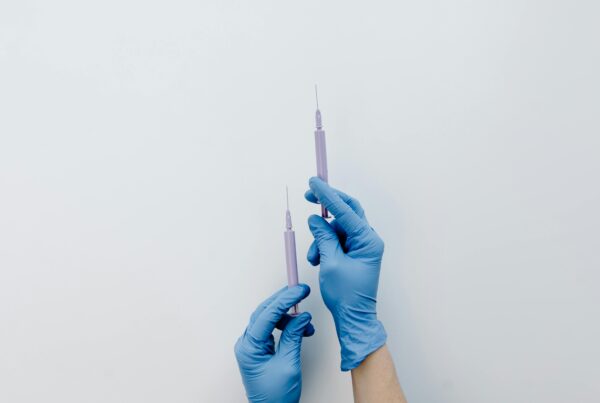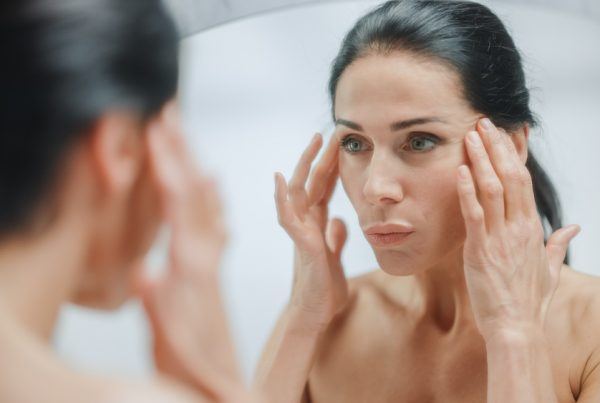“Barbie Botox” and “traptox” are the latest buzzwords gaining popularity on social media. Many content creators are lauding the procedure and sharing their results. The clinical term, Trapezius Botox, highlights the focus of the procedure targeting the base of your neck. It extends across your shoulders and down to the middle of the back.
This Barbie Got Botox
The procedure isn’t new and has been used to treat severely overworked trapezius muscles as they can cause migraines and back tension. In fact, it’s particularly used to treat ‘tech neck’ as a result of our prolonged sedentary periods in front of laptops and computer screens, as well as the angle at which we spend hours a day on our mobile devices.
Aesthetically, many patients have started getting the procedure to achieve the illusion of smaller shoulders that elongate the neck – mimicking the look of Barbie. It’s also driven by celebrities like Kim Kardashian sharing that she’s had botulinum toxin injected into her shoulders.
How does it work?
When botulinum toxin is injected into the trapezius muscles, it prevents them from becoming overworked by stopping the connection to the nerve. The botulinum toxin relaxes the muscles, which causes the shoulder area to slim down and results in the elongation of the neck.
Is it affordable?
This procedure can also be costly as the trapezius muscles are large and would need a sizeable dose of botulinum toxin – approximately 100 units.
The results of this procedure are typically seen four weeks after the injections and last for about three to four months, depending on how many units are used and the person’s metabolism.
Is it safe?
The trapezius muscle is near vital respiratory and central nerve control centers. As such, it is one of the few places where botulinum toxin can have fatal results. These negative effects are often not spoken about.
Patients who received botulinum toxin injections for trapezoid muscle treatments have reported side effects such as excessive weakness, dysphagia, and aspiration pneumonia.
In these cases, the adverse reactions were not necessarily related to the distant spread of toxin. Rather, they may have resulted from the administration to the site of the injection and adjacent structures.
Additionally, several of the cases had patients with pre-existing dysphagia (difficulty in swallowing) or other significant disabilities.
In a nutshell, potential side effects include:
- Hypersensitivity reactions
- Increased risk of clinically significant effects with pre-existing neuromuscular disorders
- Difficulty in swallowing and breathing difficulties
- Bronchitis and upper respiratory tract infections in patients treated for spasticity
Conclusion
I caution against trying out medical procedures based on social media trends. Instead, it would be advisable to thoroughly investigate the need for them. When it comes to ‘traptox’, the reality is the procedure weakens the muscles that are important for daily function.
I advise anyone considering aesthetic treatments to do their research. They should also consult with qualified medical doctors, and consider all aspects of the procedure including their desired results before proceeding.



![women [longevity live]](https://longevitylive.com/wp-content/uploads/2020/01/photo-of-women-walking-down-the-street-1116984-100x100.jpg)










